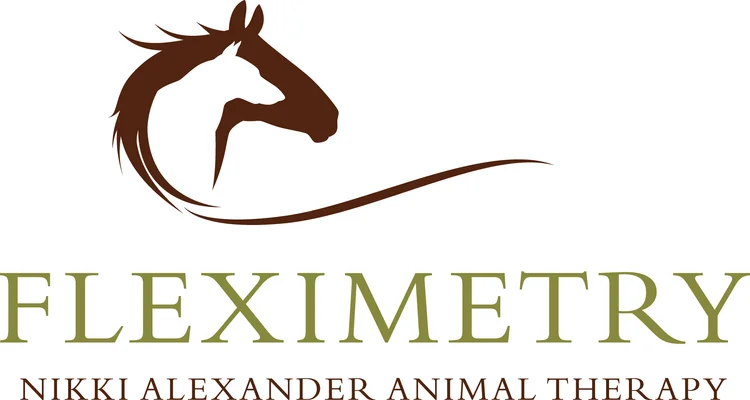Treatment Procedure
On an animal’s first appointment, Nikki will undertake a thorough review. This will include your animal’s full medical history and ensuring that the veterinary permission has been provided.
Following this she will observe the animal standing quietly, assessing how it stands and how comfortable it appears. Gently feeling the animal’s physical structure, she will note areas where there may be muscle tension, asymmetries in muscle development or indications of past injuries. These will be noted on the record card.
Nikki will also want to see how the animal walks and trots in-hand. Horses may also be seen under saddle or lunged depending on what may be required.
Once the animal has been observed in motion, the animal will be further examined for the presence of misalignments, which can then be treated with the McTimoney technique. This is a very gentle approach and uses only the therapist’s hands. In fact, many animals enjoy the treatment as it is often very relaxing for them.
The treatment will be tailored specifically to each individual animal; with lightness and sensitivity to the animals’ requirements being key aspects to a successful outcome. This is the essence of the McTimoney Therapy, in that it does not require force or extravagant manipulation. Massage and soft tissue therapy will also be used where necessary.
If an animal is a new patient, Nikki will ask to see the animal two weeks following the initial treatment. The reasons for this are:
It enables her to reassess the animal and see how well it has responded to the treatment. This will vary depending upon the age and fitness of the animal and its work type and workload.
In many cases animals can have a number of compensations around the body, which have accumulated over time. Following an initial treatment, it is not uncommon for another problem to be revealed, which can then be treated once the initial issues have been rectified.
Once the second assessment has been made, any further follow up visits can be discussed as required. In many cases no other treatment is necessary. However, if there are a number of long-term compensations then a further short course of treatment may be indicated. Follow up visits completed within four weeks of each other are charged at a reduced cost.
In general many owners will know when their horse or dog needs to be treated and will arrange a date when required. Others like to have a regular ’check-up’ in the diary. This can be useful for a competition animal. It is also important that the treatment sessions are tailored around the competition schedule to maximise the treatment benefits.
When the treatment has been completed, Nikki will discuss your animal’s aftercare requirements with you. She will provide you with a treatment record and some written specific aftercare advice for your animal, along with general aftercare aspects that apply to each treatment.
This document is useful for you to keep as a record and can be show to a Veterinary surgeon if required.



